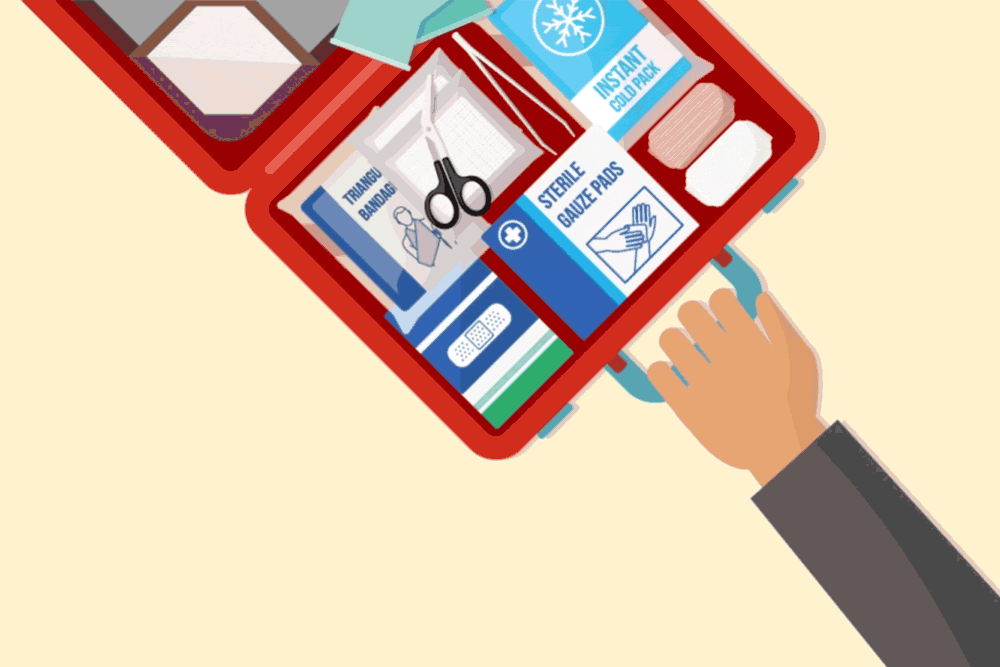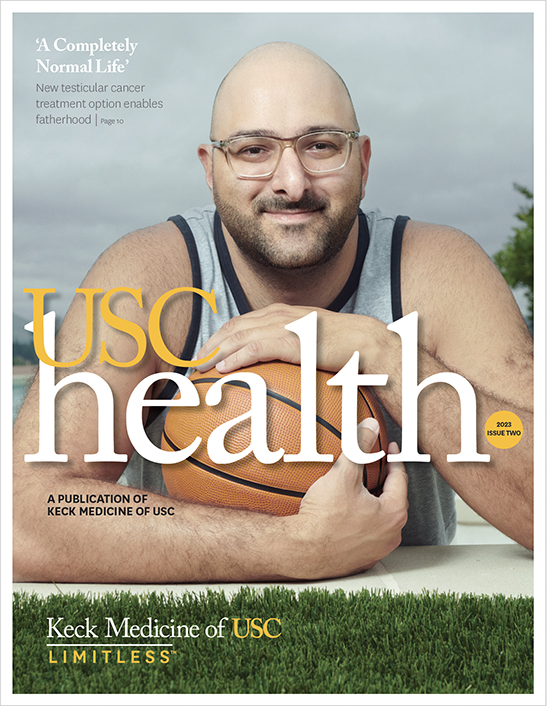
A Keck Medicine of USC trauma surgeon shares five lifesaving steps anyone can take to help someone who is wounded.
Bleeding after an injury is the No. 1 preventable cause of death, says Kenji Inaba, MD, chief of trauma, emergency surgery, and surgical critical care at Keck Medicine of USC — and chair of Stop the Bleed, a national safety and preparedness campaign.
He shared 5 critical ways you can assist.
1. Call paramedics for help immediately
If you’re alone, call 911 on speaker. If not, have someone else call so you can focus on finding the source of the bleeding (check multiple locations). Give the emergency dispatcher your location.
2. Apply pressure to the wound
Put direct pressure on the wound and don’t let up until paramedics arrive. Place a piece of clothing or fabric beneath your hands to help stop the bleeding. Wear gloves, if possible, for protection.
3. Pack the wound to stop the bleeding
A deep or large wound requires extra care. If you have medical gauze, use it to pack the incision and resume direct pressure. No gauze? A clean shirt, towel, washcloth or even paper towels will do.
4. Use a commercial tourniquet if necessary
If none of the above measures stop a gushing bleed from a limb, consider a commercially available tourniquet if one is available. Wrap it tightly a few inches above the injury.
5. Comfort the patient until help arrives
A calm heartbeat can help slow bleeding. Speak encouragingly to the injured and ask them to take deep breaths. If the patient is cold, offer a blanket; keeping the body warm may help the blood clot.
Topics


